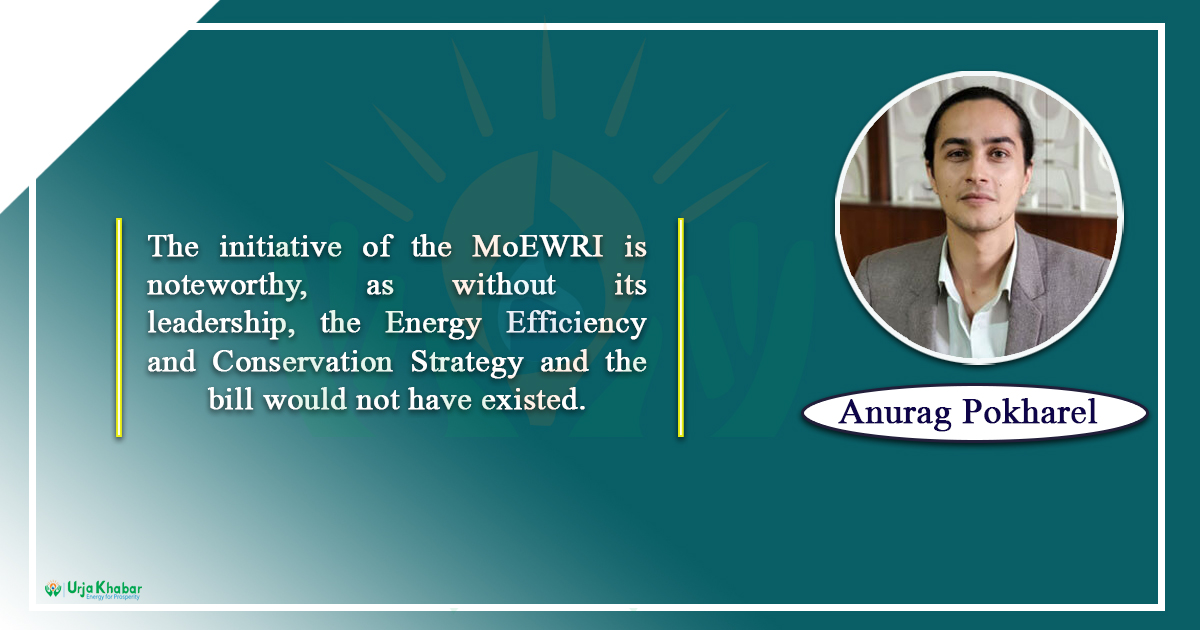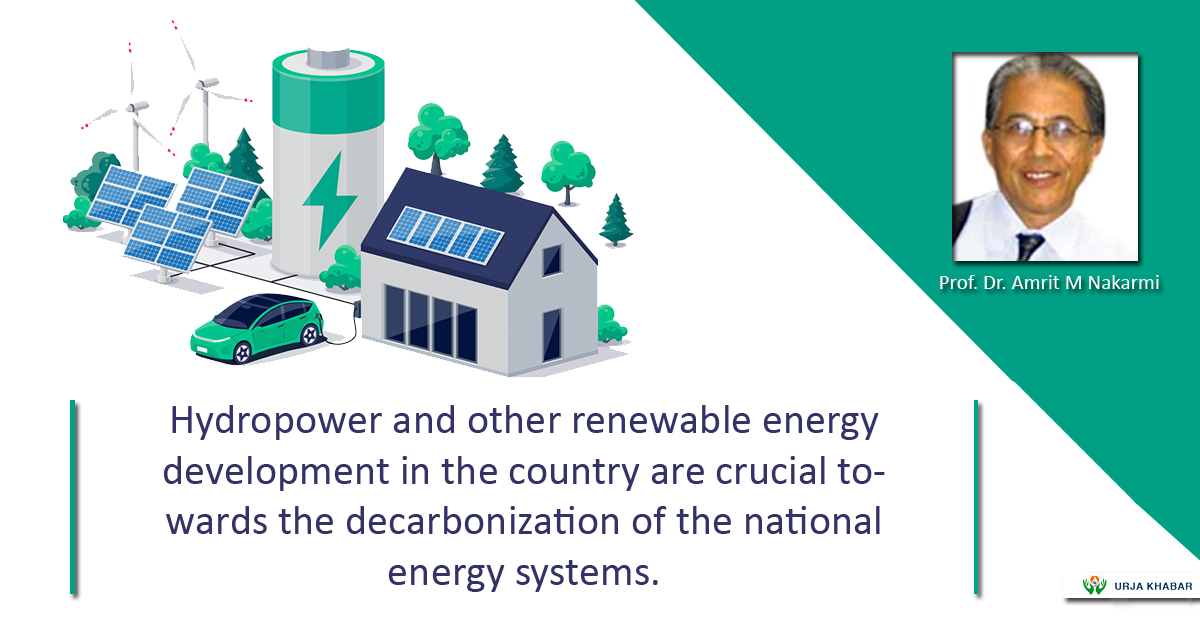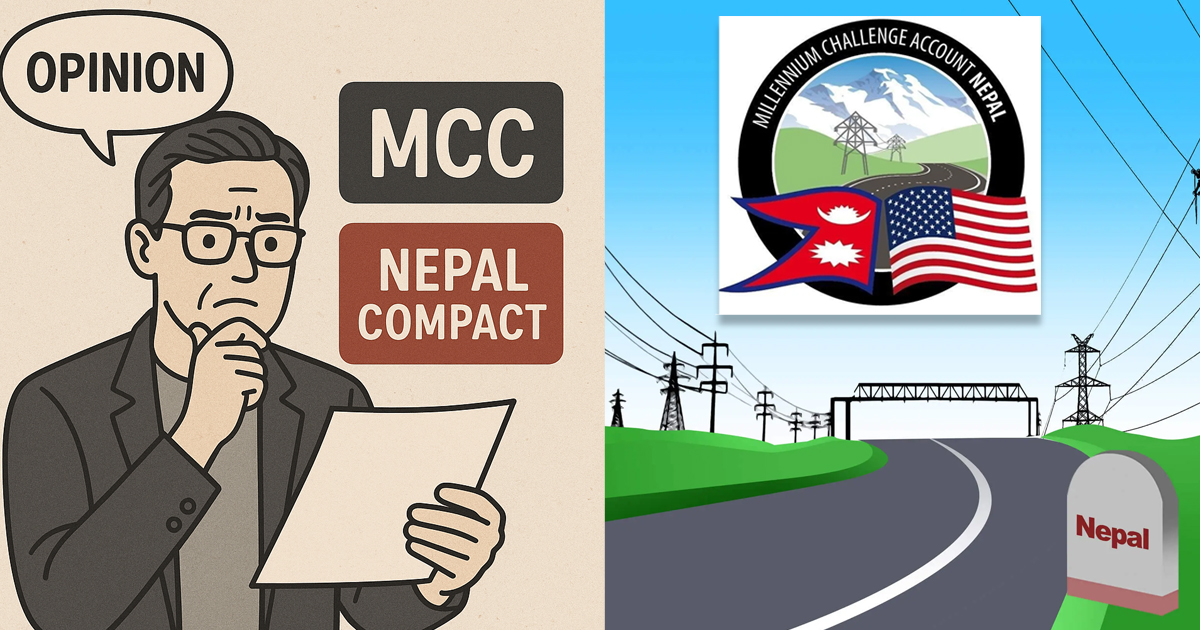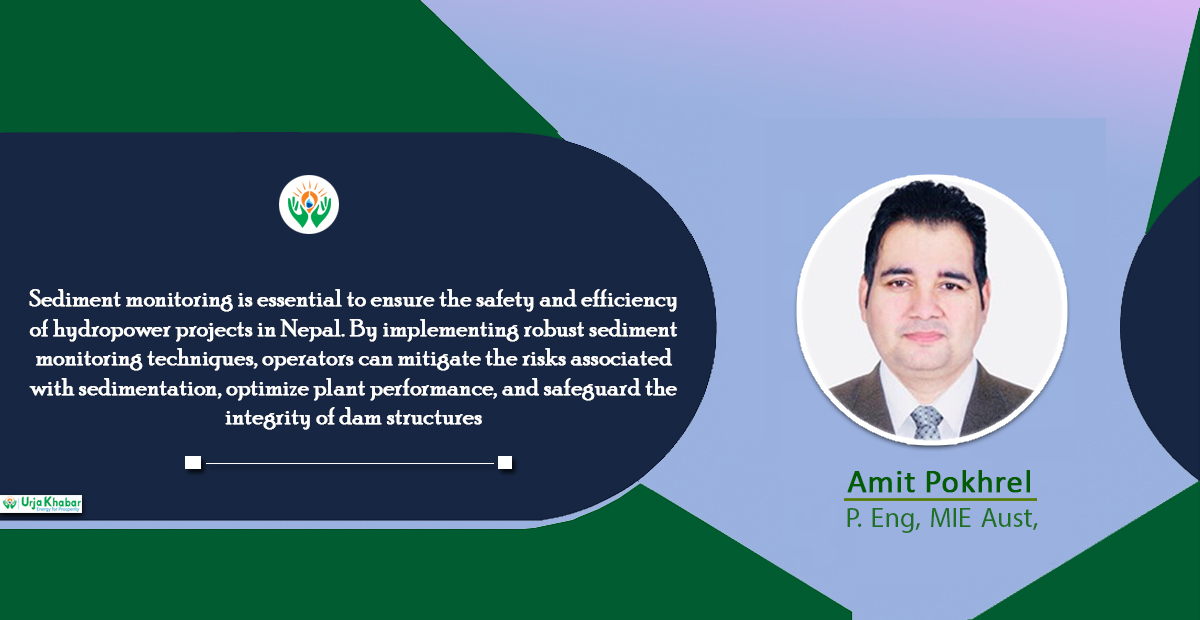Energy Update
Energy Efficiency for Betterment

In the prevailing discourse on Nepal’s energy sector, the idea of energy efficiency seems to be overlooked. While we are expecting an electricity surplus in the country and the main agenda now has become electricity demand stimulation and cross-border power trade, we must not disregard the significance of concepts like energy efficiency. These concepts are crucial for the well-rounded development of our nation.
The Nepal Electricity Authority (NEA) in 2021 announced that there is already a surplus power supply in the wet season in Nepal. "As more generation projects with a combined capacity of thousands of megawatts are being constructed or planned, it is expected that the country will achieve a surplus throughout the year as early as 2029/30." Unless stored, the generated electricity must be consumed or it will be wasted, and the electricity network will also be unstable.

Thus, to prevent the supply from far exceeding the demand for electricity in the near future, consumption would need to grow at a much higher rate than what it is currently. The government wants to address this issue through stimulation of demand by expanding the cross-border electricity trade market and supporting the uptake of electric vehicles, e-cookstoves, and other end-uses within the country.
While the target is to increase demand as much as possible, the existing electricity network cannot carry all the generated power to areas where the demands are. This can be clearly seen in the industrial sector where several industries are not operating as per their full capacity. Arghakhachi Cement, one of the largest cement factories in Nepal, was not able to run one of its two units even in this monsoon season, therefore losing production of around 1,400 tons of cement per day. Such situations are mainly the result of constraints with transmission lines the construction of which has not taken faster pace compared to that of the generation infrastructure due to reasons such as the lack of funds with the government and right-of-way issues. Congestion, therefore, is prevalent which causes disturbances in the power supply, loss of energy, and resulted cases where the demand is not fulfilled.

In such a situation, prioritizing an improvement in national-level energy efficiency could help. Being energy efficient can reduce losses and better manage the load on the demand side and the saved energy could be channeled to cater to unmet demands. This means that we will get more output with the available resources. Take the popular example of light bulbs. We have transitioned from energy-hungry incandescent lamps to highly efficient LED lamps. One incandescent lamp consumes roughly as much energy as equally powerful five LED lamps. On a larger scale, this would mean if the power grid can support, for instance, one lakh incandescent lamps lighting up at once, then that same infrastructure can instead light five lakh LED lights. Therefore, wide-scale energy efficiency improvements can help the existing grid to support more end uses.
Considering that the transmission congestion would be relieved, and the electricity network would soon be ready to convey all the generated electricity, the demand would need to grow swiftly. The question then would be whether investing in energy efficiency improvements still makes sense. To assess that, getting an answer to question why we are pursuing a growth of electricity generation and consumption in the first place could help.
Looking at the larger picture, this is tied to economic growth. Nations have been harnessing various sources of energy to generate electricity that can cater to needs from household levels such as cooking, to the large-scale industrial applications. Vaclav Smil, a renowned energy expert, writes in Energy and Civilization: A History that economic activities are fundamentally conversion of energy from one form to another, for instance, converting electricity to other usable forms of energy.
Therefore, if we’re basically using energy for economic growth, why not achieve the same level of growth by lesser amount of energy? This would mean less degradation of resources to produce energy and cheaper costs. Smil mentions in the book that efficiency improvements over the long term have been the most significant contributors to substantial reductions in energy costs. Therefore, the country’s goal should not only look after increasing demand but also improving energy efficiency so that productive use is prioritized.
Furthermore, the benefits of energy efficiency are not limited to the electricity sector alone. Electricity as a fuel is still in the minority when looking at total energy consumption scenario of Nepal. As of 2023, only around 5 percent of energy consumed in Nepal is electricity, while biomass accounts for 60 percent, and fossil fuels like petrol, diesel, and LPG contribute over 27 percent.
Reduction in the use of biomass and fossil fuels will be crucial as these fuels are major causes of air pollution. Furthermore, fossil fuels contribute to massive GHG emissions, and they increase the trade deficit for the country as they are exclusively imported. Reduction through switching to cleaner sources such as electricity, however, won’t happen instantly. Biomass and fossil fuels would, therefore, be consumed for next several years, and due to the reason, improving the efficiency of these fuels will be vital.
Making it a reality
While improving energy efficiency ensures several benefits, there might be concerns about the costs and whether it is even realistic for Nepal. Implementing it is not necessarily a luxury, whereas it can be potentially even more cost-effective than generating energy. For instance, studies have shown that the investment to save electricity through energy efficiency measures could be cheaper than investing in power generation plants to supply the same electricity provided it had not been saved.
Making interventions on the ground, however, is not very straightforward. In order to improve energy efficiency across different sectors or technologies, there will be a need for behavior change and the availability of dependable and affordable technologies in the market, both of which are not in place currently. To make this happen, it is pertinent that policies like the Act on Energy Efficiency come into force first.
A bill for the Energy Efficiency and Conservation Act was first drafted in 2019. It was created on the basis of the Energy Efficiency and Conservation Strategy prepared by the Ministry of Energy, Water Resources and Irrigation (MoEWRI), which is a comprehensive document that aims to promote energy efficiency in Nepal. An updated version of this bill was again drafted and is currently awaiting approval, but there seems to be uncertainty about its fate.
This law will come online only when the government take the ownership and approves the bill, which however has not happened until now. Speculations say that one of the reasons for all this is that the government has failed to realize the importance of energy efficiency and has assumed that it might only hinder the demand stimulation targets. One of the key agendas of the Act would be to form an authority to implement energy efficiency tasks, without which there will be negligible ownership from the government and a lack of incentive for the market to bring energy-efficient technologies.
Despite the roadblock, concerned government bodies are already making efforts at their respective ends. Alternative Energy Promotion Center (AEPC) is the authority with the temporary mandate to handle energy efficiency activities of the government and it has been taking on various initiatives such as standards development, energy auditing, and so forth. The initiative of the MoEWRI is noteworthy, as without its leadership, the Energy Efficiency and Conservation Strategy and the bill would not have existed.
Other institutions such as the Nepal Electricity Authority (NEA) and the Town Development Fund (TDF) are also making interventions in their own capacities. To upscale the current efforts by the government and other stakeholders, the Act however, will ultimately have to be in place. It is pertinent as energy efficiency plays a crucial role in advancing the energy sector, with the objective being sustainable development rather than solely increasing energy consumption. Misconceptions should be avoided and there should be more priority given to wide-scale programs and the formation of actionable policies. Let us agree that energy efficiency is a step forward, not a step back.
Footnotes
1 https://www.jstor.org/stable/j.ctt1pwt6jj
2 https://wecs.gov.np/source/Energy%20Sector%20Synopsis%20Report%2C%202022.pdf
3 American Council for an Energy-Efficient Economy. How Much Does Energy Efficiency Cost? https://www.aceee.org/sites/default/files/cost-of-ee.pdf
The author currently works in the energy and electric mobility sector, this article is taken from 5th issue of Urja Khabar Semi-annual Journal Publish on 17th December, 2023
Conversation
- Info. Dept. Reg. No. : 254/073/74
- Telephone : +977-1-5321303
- Email : [email protected]














